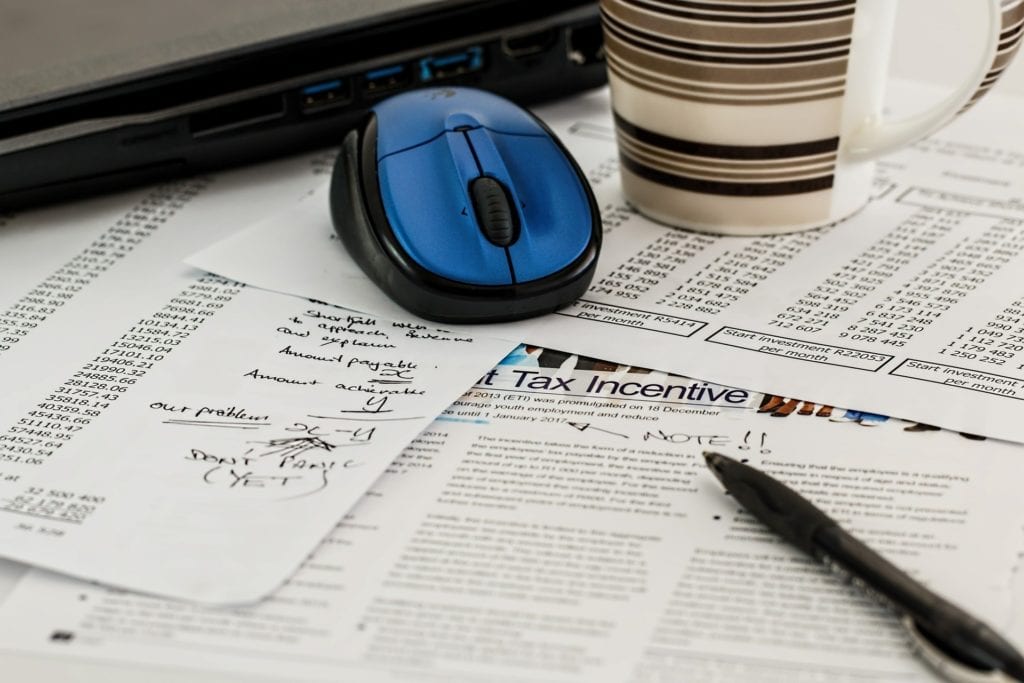Unsurprisingly as profit or “the bottom line” is the ultimate objective of nearly all business activity, questions on calculating profit or evaluating the profitability of different business decisions are hugely popular questions in both Paper 1 and Paper 2.
But let’s start by answering the simple questions: what is profit and why is it so important?
5.3.1 What is Profit? Why is Profit Important?
How a profit is made
Profit is calculated by subtracting the total costs of making a product or service from sales revenue. A profit is made when sales revenue is greater than total costs for a given time period.
| Profit = Sales revenue – Total costs |
Importance of profit to private sector businesses
For entrepreneurs, profit rewards the risk and effort that starting a new business involves.
For investors, profit rewards the risk of investing in a new business.
Profit is also an important source of finance, retained profit can be used to pay for future capital investment in a business.
Difference between profit and cash
Let’s use the example of Gai’s Kung Fu Gym to show the key differences.
Extract of Accounts from Gai’s Kung Fu Gym ($)
| March | June | Sept | December | |
| Cash in | Savings 5000 | Subs 100,000 | ||
| Cash out | ||||
| Gym rent | 10,000 | 10,000 | 10,000 | 10,000 |
| Bank Balance | (5000) | (15000) | (25,000) | 65,000 |
Over the course of the year Gai’s Gym is profitable. But he has serious cash flow problems, as he has to pay all of his costs for the year before he receives payment from the gym members in December.
Gai’s business shows it’s possible to have a highly profitable business but also large cash flow problems.
Key differences to remember between profit and cash are timing, and how profit is calculated.
| Differences between Profit and Cash | |
| Profit | Cash |
| Profit = Revenue – Costs Calculated over the course of the year. | Cash = Cash inflow – Cash outflow Calculated month by month |
| Profit comes from revenue only. | Cash can also include loans or capital invested in a business. |
Profit is revenue minus costs usually calculated over the course of the year.
Cash is cash inflow minus cash outflow, usually calculated month by month.
Cash can also include loans or capital invested in a business. Profit comes from revenue only.
5.3.2 Income Statements
Income statements can look complicated. We are going from just a simple profit calculation to figuring out three different types of profit: gross profit, profit and retained profit.
| ⭐⭐⭐Top Tip ⭐⭐⭐ It’s really important to take your time and learn how gross profit, profit and retained profit are calculated. You will need to have a clear understanding of each in order to understand profitability ratios (Unit 5.5 Analysis of Accounts) |
However, you don’t need to know how to construct income statements. You just need to understand the basics of how a very simple income statement works.
Main features of an income statement

So let’s start with Gross Profit. We will use the example of Richie’s Restaurant to show the main features of an income statement and how gross profit, profit and retained profit is calculated.
Richie’s Restaurant sells 80 meals priced at $10 each. The cost of ingredients is $300. How much gross profit does he make?
| Gross Profit = Sales Revenue – Cost of sales Cost of sales is the cost of materials used to make a product or service. |
First Richie must calculate his sales revenue. Then we take away the cost of sales. In a restaurant the cost of sales is the cost of ingredients of the different dishes.
Sales Revenue (80 meals x $10 each) = 800
Cost of sales (Ingredients $300) – 300
Gross Profit 500
This is how the gross profit calculation is shown in Richie’s Income Statement:
| Income Statement for Richie’s Restaurant | |
| Sales Revenue | 800 |
| Cost of Sales | 300 |
| Gross Profit | 500 |
We can increase gross profit by increasing sales revenue or reducing the cost of sales.
However, gross profit does not include all the costs of a business. The restaurant will still have to pay expenses that aren’t included in cost of sales like electricity, insurance, salaries of staff and so on.
So profit can be calculated by taking expenses from gross profit, or finding the total costs and then subtracting these from sales revenue.
| Profit = Sales Revenue – Total Costs OR Profit = Gross profit – Expenses |
Richie’s expenses are $200 so we take this from the gross profit of $500 to get $300 profit.
This is how the profit calculation is shown in the income statement:
| Income Statement for Richie’s Restaurant | |
| Sales Revenue | 800 |
| Cost of Sales | 300 |
| Gross Profit | 500 |
| Expenses | 200 |
| Profit | 300 |
Once profit has been calculated the business owners must decide how much to keep as dividends and how much they will reinvest in the business. Any profit that they keep after dividends and tax have been paid is retained profit.
| Retained Profit = Profit – Dividends |
At Richie’s restaurant his investors will take $100 in dividends which leaves $200 of retained profit to reinvest in the business.
| Income Statement for Richie’s Restaurant | |
| Sales Revenue | 800 |
| Cost of Sales | 300 |
| Gross Profit | 500 |
| Expenses | 200 |
| Profit | 300 |
| Dividends | 100 |
| Retained Profit | 200 |
Retained profit is used to pay for capital investment and expansion in the future.

